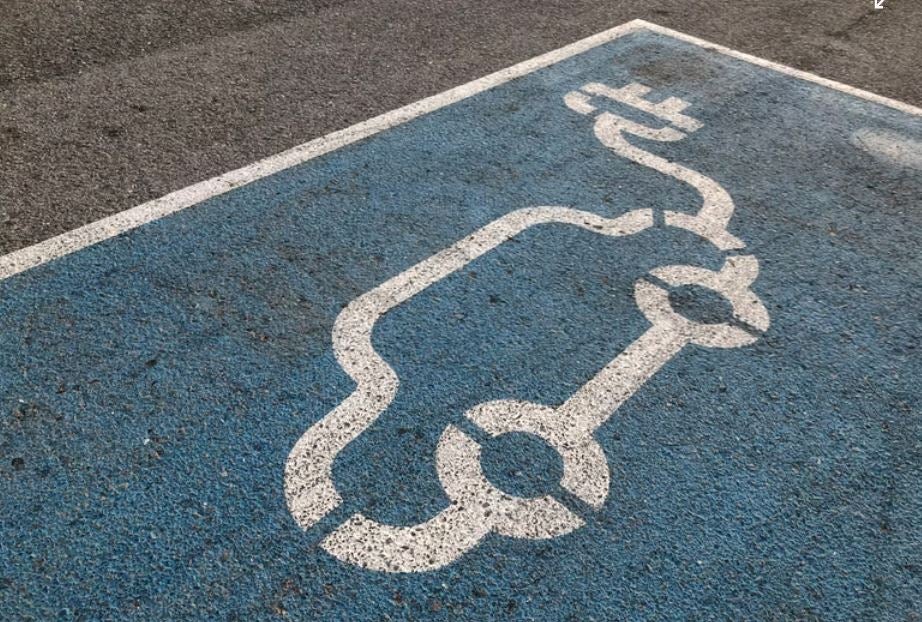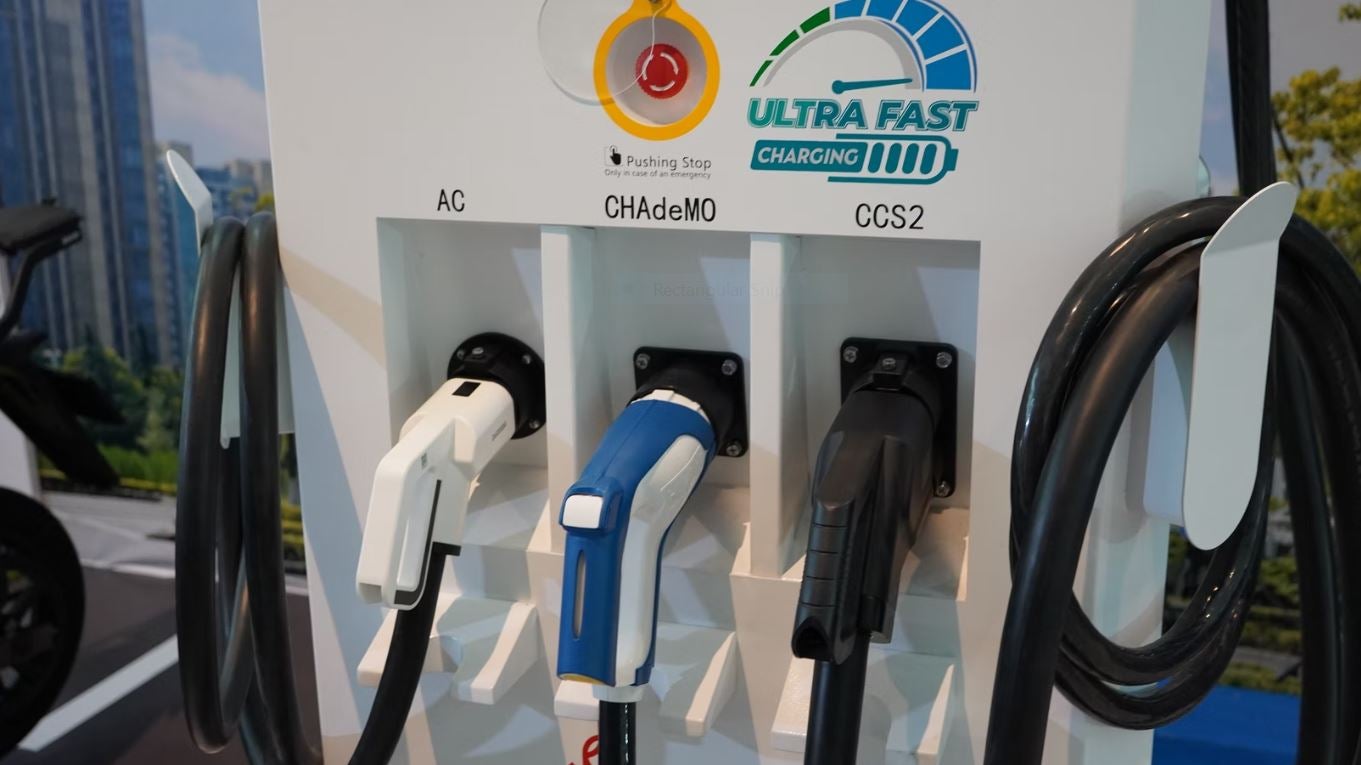Car fleets are essential to getting business done, but even if you aren’t directly serving vehicle passengers it’s essential to ensure your cars are as accommodating as possible. Broader accessibility enhances usability, and making more people feel welcome is a brilliant PR move, but it’s not quite straightforward. Here’s what fleet managers need to know about disability and accessible fleets, writes James Ritter for AutoTrader.
What makes a vehicle fleet fit for disabled individuals? Disabilities come in many forms – and so does support for disabled motorists and riders. This means there’s no one-size-fits-all solution to the problem of fleet modernisation.
Fleet electrification helps companies achieve better environmental track records via proactive stewardship. At the same time, business leaders must consider the dynamics of disability and the current state of the electric vehicle (EV) industry.
EVs need charging, and if your fleet premises include stations, they must be wheelchair-accessible. All too often, however, this is far from the case.
If you’re not providing charging at your workplace or your disabled drivers need to stop while they’re out on the road, they’re likely to encounter hurdles. For instance, unattended charging stations typically have time limits, which can be tough for those with limited mobility. Consider rethinking your schedule so that these drivers have plenty of wiggle room.
Vehicle adaptations
Adaptations, such as wheelchair lifts, hand controls, and ramps, are integral elements of fleets that want to accommodate drivers and passengers with disabilities. When properly outfitted, commercial vehicles with such modifications can accommodate a broader spectrum of passengers and drivers.
How well do you really know your competitors?
Access the most comprehensive Company Profiles on the market, powered by GlobalData. Save hours of research. Gain competitive edge.

Thank you!
Your download email will arrive shortly
Not ready to buy yet? Download a free sample
We are confident about the unique quality of our Company Profiles. However, we want you to make the most beneficial decision for your business, so we offer a free sample that you can download by submitting the below form
By GlobalDataIf your vehicles feature cargo bays, you’ll probably want to think about whether you really ought to be packing them to the rafters. Forcing someone in a wheelchair to navigate tight spaces just to do their job or get around is more than inconsiderate: it’s plain disrespectful, which isn’t a smart way to retain happy employees.
One major caveat involves compatibility. For instance, a 2021 report exposed the fact that due to their below-floor battery placement, many consumer vehicles were incompatible with common equipment such as wheelchair lifts. Even though a few rare standouts are bucking the trend, many consumer automakers are lagging behind.
While you may not be operating a fleet of hatchbacks or compact cars, it’s still worth heeding the lesson. Your vehicle selection will almost certainly determine how easily you can shift gears to accommodate disabled people – or if it’s feasible to do so at all with your current fleet.

Disability: overcoming the many challenges of adapting fleets
Business owners who want to do their part don’t always have it easy. Here are some of the hurdles and a few possible solutions:
● Logistics: Reevaluating your fleet operating practices could be an insightful way to make massive strides in the right direction. For instance, you might use accessibility-focused mapping tools to avoid sending disabled EV drivers to areas that lack accommodating charging.
● Finances: Looking for automakers that offer rebates on adaptations, such as hand controls, ramps, and custom interior panelling, can help mitigate the costs of fleet upgrades. Gradually updating your fleet is also another smart fiscal move, provided you haven’t left anyone by the wayside in the process.
● Technical: Regulatory requirements regarding vehicle accessibility vary from place to place, so take advantage of the big-picture perspective. Watching the evolution of laws in different locales could potentially make it easier to anticipate how the regulatory climate might someday change in your neck of the woods.
Final takeaways for the road ahead
Rethinking your vehicle fleet to suit everyone is about more than just buying new vehicles or upgrading your old ones. Tackling this task properly demands a wholesale shift in corporate culture and leadership.
In other words, you’ll probably need to think outside your comfort zone. At the very least, it’d be wise to seek input from a disabled person, whether or not they normally work with your team. By practising inclusivity during the early planning stages, you’ll set yourself up to make improvements that result in a truly accessible fleet.








